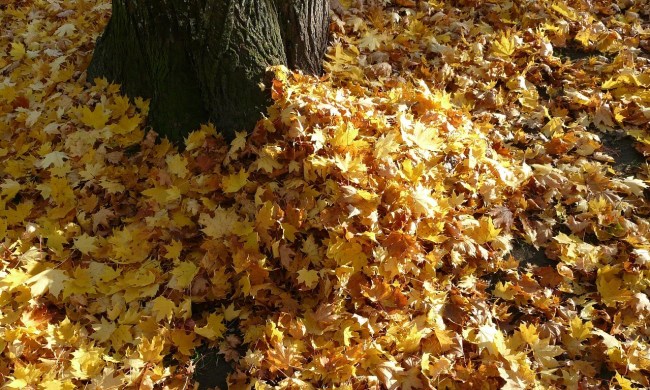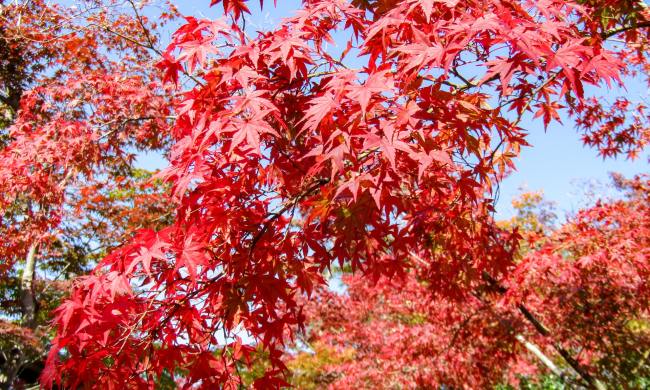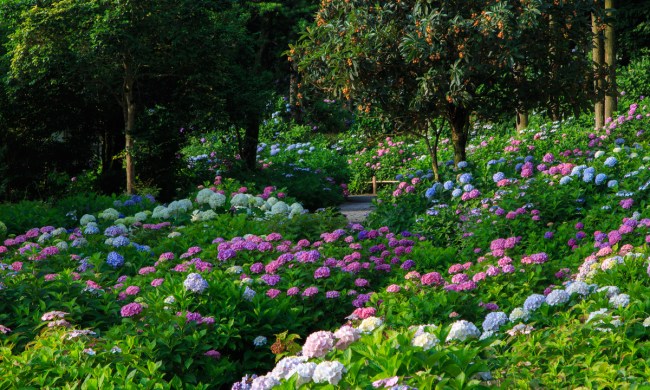Most plants are perfectly happy to sit in their pots and grow without help. Some plants, however, particularly those that like to vine, prefer to grow up a pole. If you have one of these trailing beauties, this is the guide for you.
We'll walk you through what a moss pole is, where to get one, and what to do when your plant outgrows the one it has. This is a whole aspect of growing houseplants that isn’t always explained thoroughly, so we’ll provide you with the information you need to successfully grow plants that prefer poles. Find out everything you need to know about using plant poles.
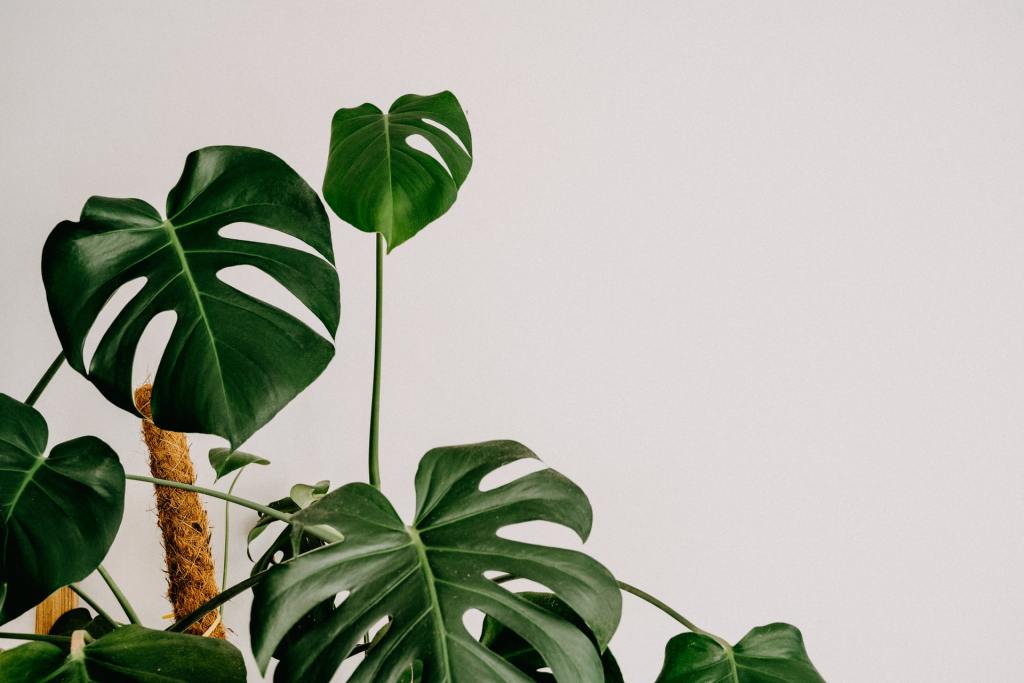
Why you might use a plant pole
First, let’s talk about why you might want to use a plant pole. Of course, there’s the health of the plant. In the wild, some plants are are epiphytic, which means they use the support of another plant to grow. These are the plants you see growing up tree trunks. When grown indoors, these plants do better when grown on a plant pole. This helps them develop bigger leaves and fuller vines, and it improves their overall health.
Growing on a pole also means the plant might suit your space better. The plant will take up less space than a trailing plant, and you won’t risk the leaves accidentally getting sucked up into the vacuum on cleaning day.

Pros and cons of plant poles
Although most climbing plants prefer having something to climb, most of them will still grow and thrive without it. However, without a pole, these plants tend to droop and trail. This creates a different look than climbing, which might be what you prefer. This is essential to keep in mind, especially if the plant is young and isn’t big enough to trail or climb yet. As it matures, you’ll want to be aware of how a pole — or lack thereof — might affect the plant's health and your home's aesthetic.
Usually, plants don’t get access to as much light as hanging or trailing plants, so a pole might boost their growth and improve their health.

How to train a plant to climb a moss pole
Training a plant up a pole is not as intimidating as it seems. It’s best to start when the plant is young, but you can still train an older, more mature plant. It's easier with younger plants because they aren’t as large, and their vines are less stiff and stuck in their growth pattern. Older plants tend to get fixed in their growth and have a more difficult time bending and reshaping themselves. You might find they break more easily as you’re trying to fix them to the pole.
Step 1: Before you put the pole in the pot, consider soaking it.
This is especially true if it’s a moss pole. Many plants prefer the stake to be moist, and soaking the pole will encourage the plant to attach itself to the pole.
Step 2: Place the pole into the pot with the plant.
Go slowly and carefully so that you don't accidentally nick the plant's roots.
Step 3: Take small sections of the vines, tie them to the stake with twist ties, twine, or string, and wrap them around until you get all the vines on the pole.
Step 4: If the plant is older and its vines are stiffer and uncooperative, you can either leave them trailing or trim them to discard or propagate.
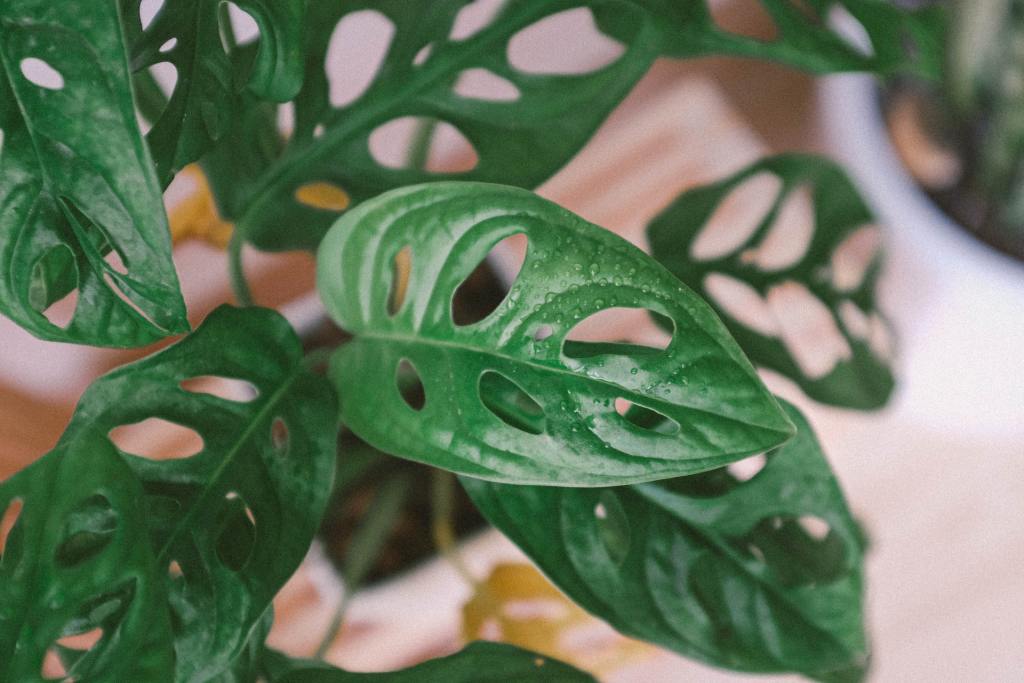
Which plants like poles
The most common plants to grow up poles are Monstera adansonii, Monstera deliciosa, Rhaphidophora tetrasperma (aka the mini monstera), philodendron, and pothos. These would all prefer to grow up a pole rather than be left to vine or trail, and they all will have bigger, greener, and healthier leaves if they’re supported with a pole.
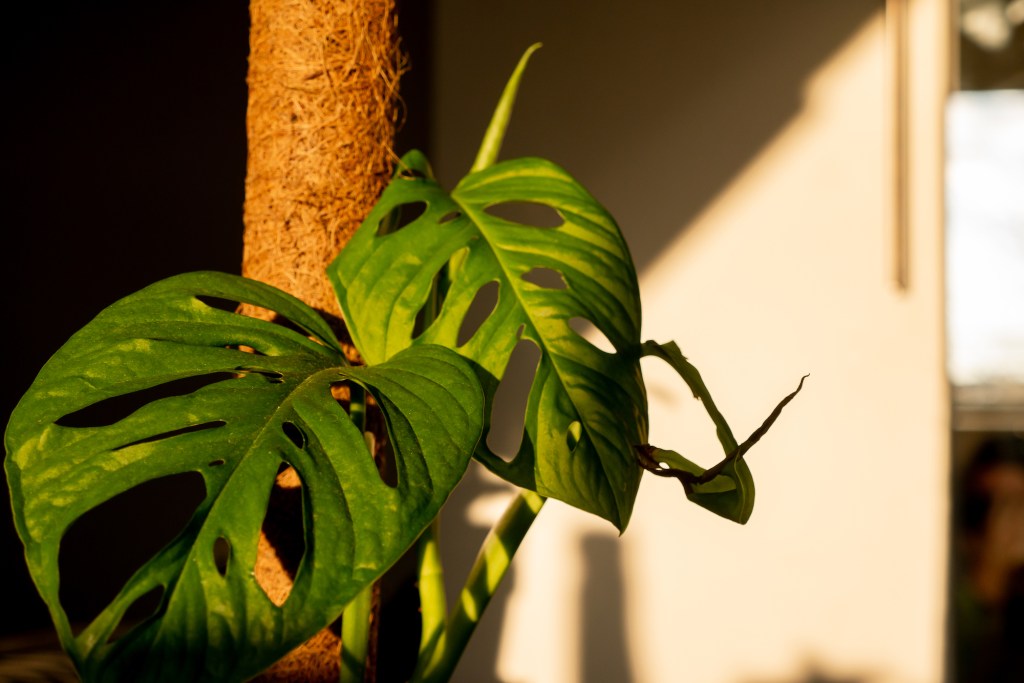
Where to get a plant pole
Over the last two years, the increased popularity of houseplants has made finding products like plant poles much easier for houseplant parents. Now you can find moss poles in almost any garden center or plant shop. However, if you can’t find any at local stores near you, here are three options we found online that would work perfectly for almost any climbing plant.
Or you can make your own with bamboo stakes, moss, and gardening tape.
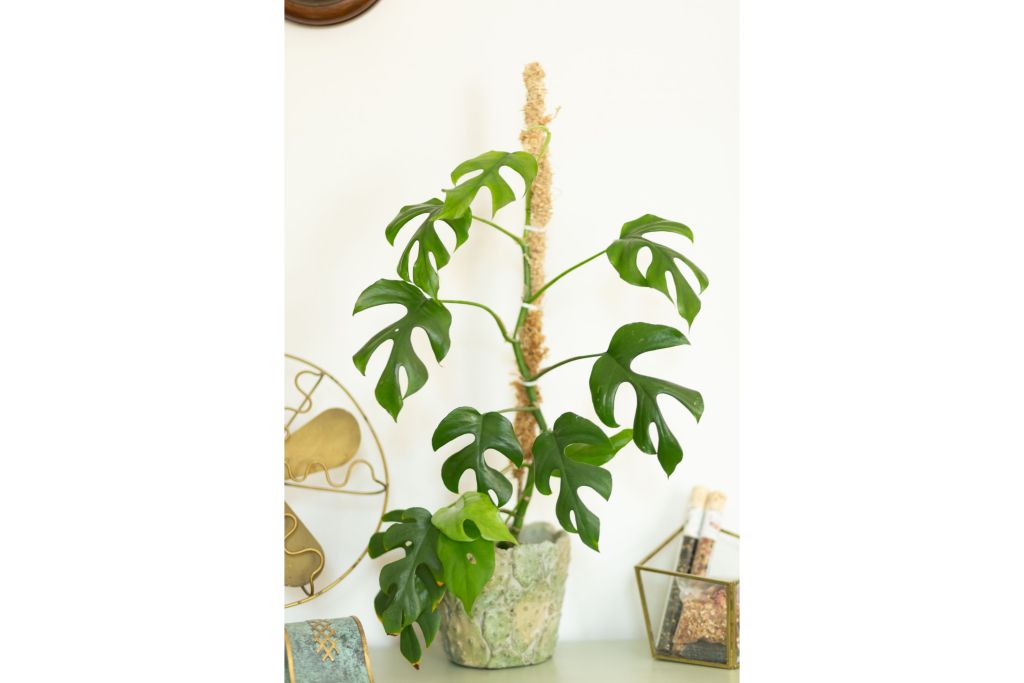
When and how to size up a plant pole
It’s pretty simple to assess whether or not it’s time to size up your plant pole. To make life easier on yourself, we first recommend selecting a pole at least a foot taller than your plant so you have plenty of space to use as the plant grows. We also suggest investing in a stackable pole like this one here. It makes adding height to the plant pole much easier on you and the plant.
If you have a pole that's too short and doesn’t have an extension, keep reading.
Step 1: If possible, only change the pole when you are repotting the plant. This will be less stressful for the plant and simplify things for you.
Step 2: Gently pull your plant off the old pole and remove the old pole from the pot.
Step 3: Repot the plant (if applicable) and insert the new pole.
Step 4: Reattach the plant to the pole using the steps outlined above.
If you’re lucky enough to have a beautiful vining or climbing plant in your collection, we think you’ll love training it to grow up a pole. Not only is this an attractive way to show off the plant, but it’s also much healthier for the plant.

